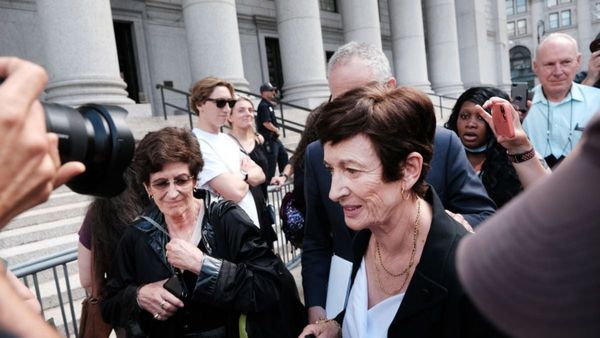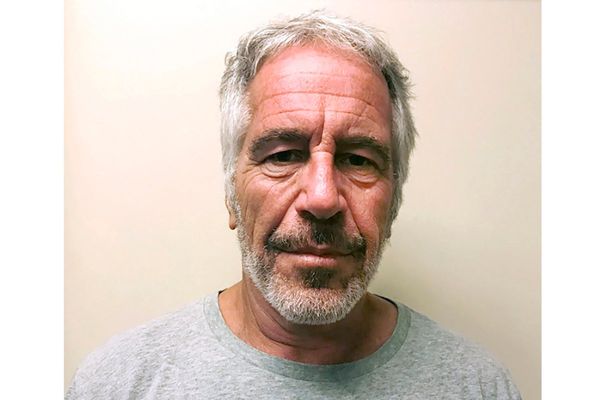There is a scene in the 1993 film "What’s Love Got to Do With It" when Tina Turner — brilliantly played by Oscar-nominated Angela Bassett — runs across lanes of traffic to escape her husband’s abuse.
This part of the movie is as chilling as it is powerful. It showed women — especially Gen Xers — what it looks like to fight for our lives and peace of mind. Turner’s conversion to Buddhism was one of my first lessons in how leaning on spirituality, not religious dogma, leads to emotional growth and freedom.
Turner’s will made her a star to me. But when I asked her about the impact the film had on my generation of women, in advance of "Tina: The Tina Turner Musical," her answer surprised me.
“I haven’t seen the film,” she said. “I’ve never wanted to relive my life, especially the period that film focuses on. I don’t need to go back there, when my life [has always] been about moving forward.”
In that moment, I got it. Turner, who died Wednesday at her home in Switzerland after a long illness, survived abuse, but that doesn’t mean that she had to dwell on it, that it should define her, or that we should expect it to.
Turner, in her tasseled dresses, fabulous legs and perfect arms, wouldn’t have personal and professional greatness if she let her past define her. She wouldn’t have been the subject of a Tony-award winning musical, an HBO documentary, or an Oscar-nominated film. And, she would never have dared to seductively ask America “What’s Love Got to Do With It?” in the 1984 Grammy-winning song. (She was 44 when that song was released, ancient in the entertainment industry.) And Mick Jagger never would had the pleasure of rocking it out with her on the world stage during 1985′s Live Aid concert.
Turner didn’t like talking about her abuse, but she didn’t hide from it either. She’s a model of moving on, remaking and re-imagining our lives until we get it right, even when we are discouraged by those closest to us. In Turner, strength and vulnerability lived in the same big heart.
She told me she was involved with the musical that she described as a “whirlwind of emotions because it goes through so much of my life,” from the beginning. “I worked to make sure the story told was the right story, and that using my music throughout the piece made sense,” she said.
The musical is the story about how she was able to move through the tough parts of her life because she always had love on her side. After Turner saw the musical for the first time, she said, “I turned to Tali [Perlman, the musical’s producer] and told her they found the love. [And] that I wished my mother and Ike would have seen the show. In this way I do feel the musical, though, it brought up many painful memories again, helped me gain the acceptance and harmony of the highs and lows.”
It took two actresses to play Turner during the musical’s American tour.
But there was only one Tina Turner.
And she was simply the best.
———







